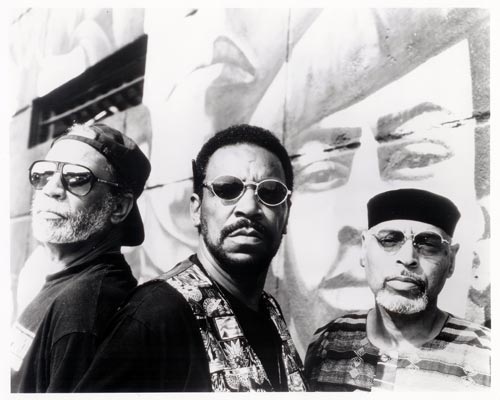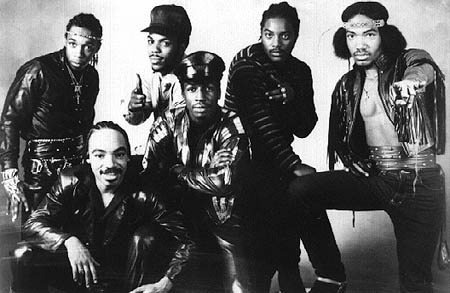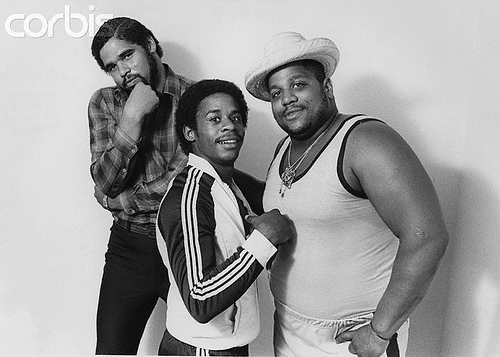70's Hip Hop
The history of hip hop culture and music - Learn about how hip hip has been commercialized, impacted pop culture, education & the universe. Take the journey through the 1970's with Kool Herc, Afrika Bambataa, Grandmaster Flash, The Sugarhill Gang, The Ghetto Brothers
click pics for interactive bios!
The 1970s an underground urban movement known as "hip hop" began to develop in the South Bronx area of New York City focusing on emceeing (or MCing), breakbeats, and house parties. Starting at the home of DJ Kool Herc at the high-rise apartment at 1520 Sedgwick Avenue, the movement later spread across the entire borough. Rap developed both inside and outside of hip hop culture, and began in America in earnest with the street parties thrown in the Bronx neighborhood of New York in the 1970s by Kool Herc and others—Jamaican born DJ Clive "Kool Herc" Campbell is credited as being highly influential in the pioneering stage of hip hop music, Herc created the blueprint for hip hop music and culture by building upon the Jamaican tradition of impromptu toasting, boastful poetry and speech over music. This became Emceeing - the rhythmic spoken delivery of rhymes and wordplay, delivered over a beat or without accompaniment—taking inspiration from the Rapping derived from the griots (folk poets) of West Africa, and Jamaican-style toasting. The basic elements of hip-hop—boasting raps, rival posses, uptown throwdowns, and political commentary—were all present in Trinidadian music as long ago as the 1800's, though they did not reach the form of commercial recordings until the 1920's and 30's. Calypso music—like other forms of music—continued to evolve through the '50's and '60's. When rock steady and reggae bands looked to make their music a form of national and even international Black resistance, they took Calypso's example. Calypso itself, like Jamaican music, moved back and forth between the predominance of boasting and toasting songs packed with 'slackness' and sexual innuendo and a more topical, political, 'conscious' style. Melle Mel, a rapper/lyricist with The Furious Five, is often credited with being the first rap lyricist to call himself an "MC".
DJ Kool Hercis credited as being highly influential in the pioneering stage of hip hop music
Herc also developed upon break-beat deejaying, where the breaks of funk songs—the part most suited to dance, usually percussion-based—were isolated and repeated for the purpose of all-night dance parties. This form of music playback, using hard funk, rock, formed the basis of hip hop music. Campbell's announcements and exhortations to dancers would lead to the syncopated, rhymed spoken accompaniment now known as rapping. He dubbed his dancers break-boys and break-girls, or simply b-boys and b-girls. According to Herc, "breaking" was also street slang for "getting excited" and "acting energetically".
(source: wikipedia)









